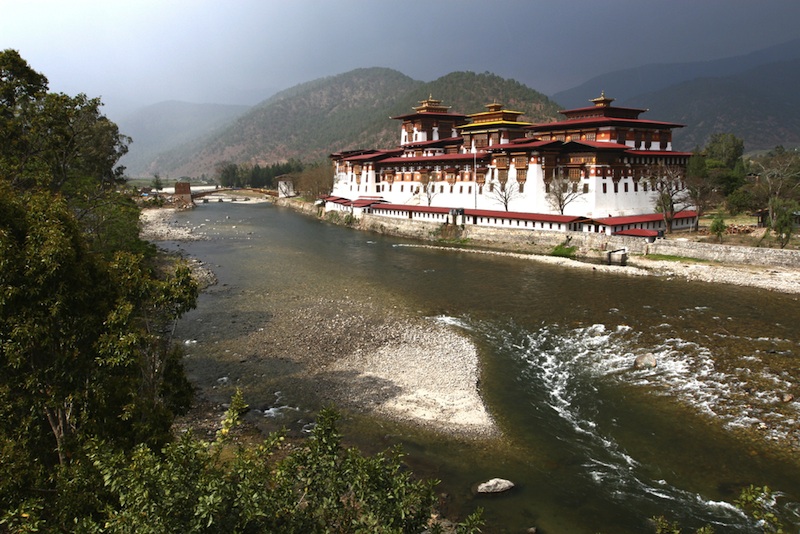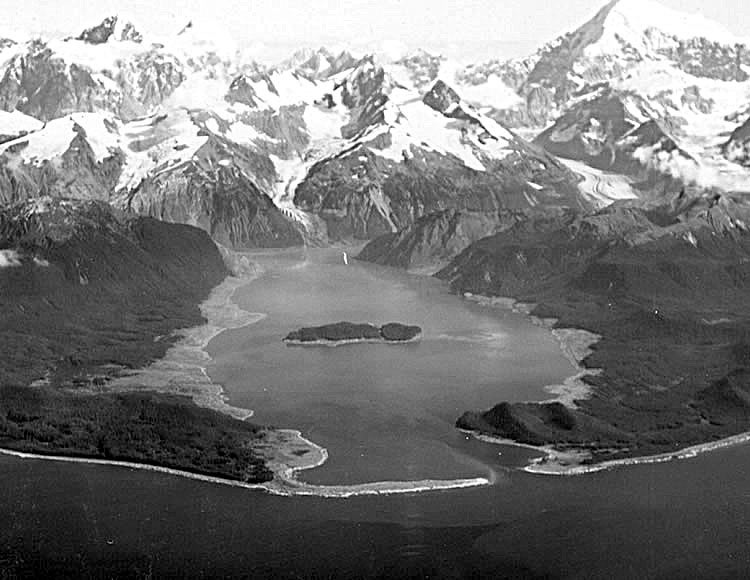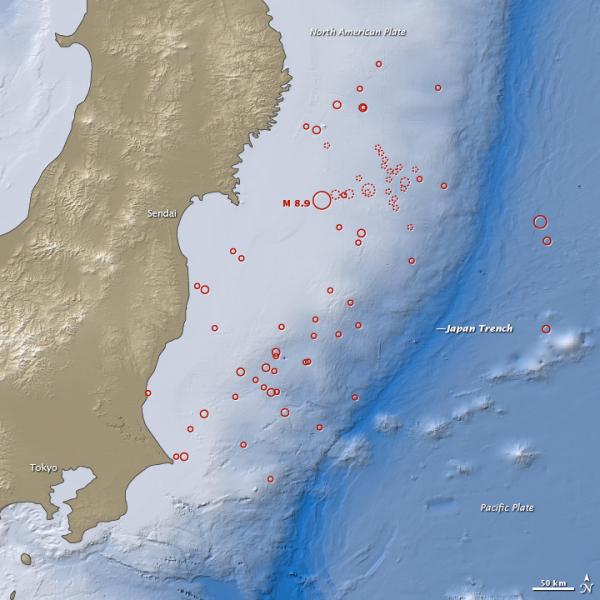Waves of Destruction: History's Biggest Tsunamis
Devastating Waves

These series of traveling ocean waves are primarily generated in association with underwater earthquakes (though underwater volcanic eruptions and landslides can also trigger a tsunami). In the deep ocean, the waves can reach hundreds of miles or more from wave crest to wave crest and can exceed speeds of 500 miles per hour (805 kilometers per hour). And they're sneaky, unable to be felt even aboard ships, and undetectable from the air.
Here are some of the biggest, most destructive and deadliest tsunamis on record.
The Orphan Tsunami

Around midnight on Jan. 27, 1700, a mysterious tsunami swept through several villages on the eastern coast of Japan. The waves reached as high as 12 feet and flooded rice paddies, washed away buildings and damaged fishing shacks and salt kilns. The tsunami struck not only without warning, but without an apparent cause, leading to its "orphan tsunami" moniker. Then in 2005, an international team of scientists and scholars has linked the orphan tsunami to a massive earthquake that struck a region in North America called Cascadia. [Read full story on the orphan tsunami]
8,000 Years Ago ...

A volcano-triggered avalanche in Sicily 8,000 years ago that crashed into the sea at 200 mph, generated a devastating tsunami that spread across the entire Mediterranean Sea. (The avalanche sent tumbling into the sea enough material to cover the entire island of Manhattan in a layer of debris thicker than the Empire State Building is tall.) Though no historical records of the event exist — only geological records — scientists say the tsunami was taller than 10-story building. [Read full story on the Sicily tsunami]
The Great Lisbon Earthquake

On Nov. 1, 1755, a colossal earthquake centered in the Atlantic Ocean — and whose three jolts of shaking lasted 10 minutes — destroyed Lisbon, Portugal, and rocked much of Europe, people took refuge by boat. A tsunami ensued, as did great fires. Altogether, the event killed more than 60,000 people.
(Shown here, a copperplate image showing the mayhem that ensued after the earthquake and tsunami rocked Lisbon.)
Krakatoa Tsunami

On Aug. 27, 1883, eruptions from the Krakatoa volcano fueled a tsunami that drowned 36,000 people in the Indonesian Islands of western Java and southern Sumatra. The strength of the waves pushed coral blocks as large as 600 tons onto the shore.
Get the world’s most fascinating discoveries delivered straight to your inbox.
The Sanriku Tsunami

On June 15, 1896, waves as high as 100 feet (30 meters), spawned by an earthquake that struck Honshu, swept the east coast of Japan. And as is often the case, the waves seemed to come from nowhere. "Fishermen twenty miles out to sea didn't notice the wave pass under their boats because it only had a height at the time of about fifteen inches," according to a website run by the University of Hawaii. "They were totally unprepared for the devastation that awaited them when they returned to the port of Sanriku." Some 27,000 people died.
Lituya Bay

On the night of July 7, 1958, a magnitude-8.0 or so earthquake struck along the Fairweather Fault, its epicenter just 13 miles (21 km) from Lityua Bay in Alaska. The earthquake caused a large landslide in the bay — located within Glacier Bay National Park — which triggered one of the largest tsunamis ever recorded in modern times. Waves reached a height of 1,720 feet (576 meters) in the bay, but because the area is relatively isolated and in a unique geologic setting, the tsunami did not cause much damage elsewhere. It sank a single boat, killing two fishermen.
(Shown here, an aerial image showing the bay just weeks after the tsunami.)
The 2004 Indian Ocean Tsunami

On Dec. 26, 2004, a colossal earthquake with a magnitude between 9.1 and 9.3 shook Indonesia and killed an estimated 230,000 people, most due to the tsunami and the lack of aid afterward, coupled with deviating and unsanitary conditions. The quake was named the Sumatra-Andaman earthquake, and the tsunami has become known as the 2004 Indian Ocean tsunami. Those waves traveled the globe — as far as Nova Scotia and Peru.
Japan Quake and Tsunami

The magnitude-9.0 earthquake that struck Japan on March 11, 2011, was the largest known quake to strike the seismically active country and the world's fourth-largest earthquake in recorded history. While the quake itself was responsible for relatively few deaths, the massive tsunami it generated rapidly inundated coastal areas and took some residents by surprise; the raging waters accounted for the bulk of the deaths in the disaster. Some 20,000 people perished or are considered missing.



